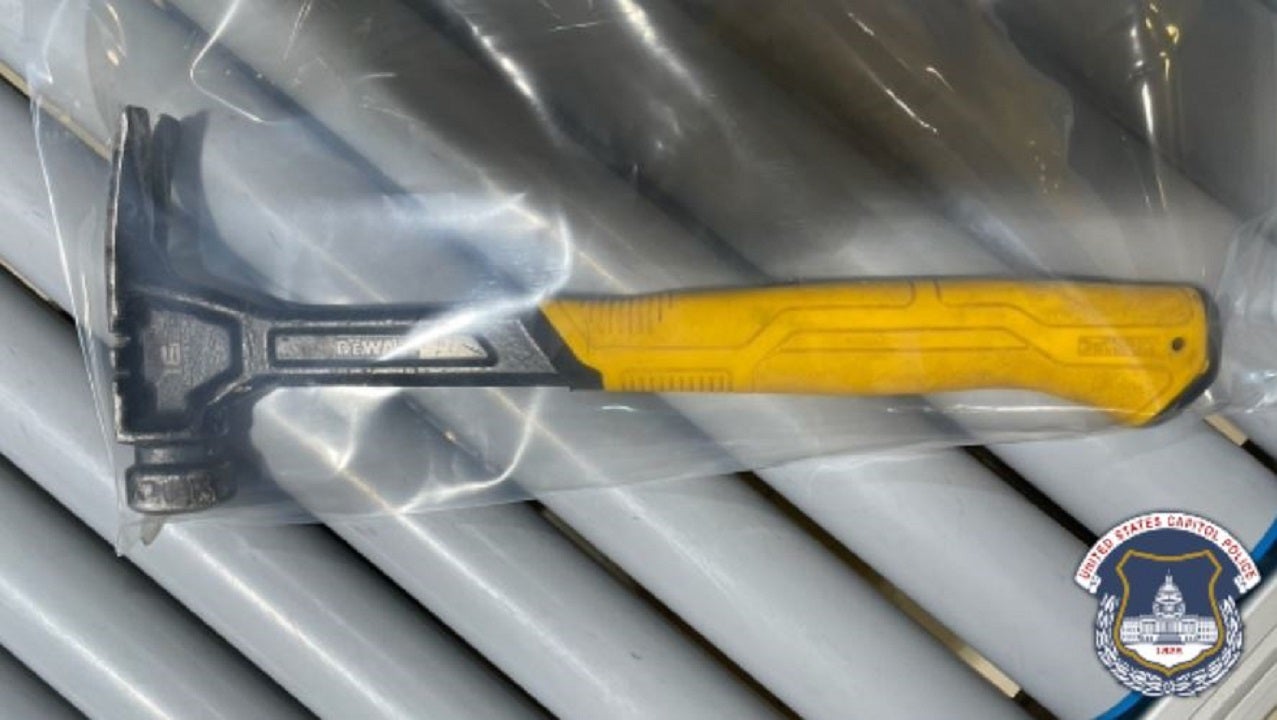What’s it worth to you to minimize the risk of cutting off a finger?
$300? $600? $1,200? Or perhaps it’s worth nothing, if you think you’re already careful enough?
If you’re a woodworker willing to spend enough money, you can buy a table saw that detects fingers and stops the blade like this:
(The hot dog is your finger.)
So, would you pay extra for this feature? What if the government said you had no choice but to pay up? And what if only one company held the patents for the safety mechanism?
Government mandates of new safety technology are classic trade-offs, whether the product is a power tool or a car or a pill. In this case, regulations requiring that table saws be sold with this safety device might mean a few thousand fingers saved per year. But they might also lead to higher costs for consumers.
When the technologies are patented, the trade-offs can become even more clear, like the high prices (and high profits) of drug companies in exchange for the innovation of new drugs. With table saws, it might similarly lead to a period of less competition and more profit for the company that developed the safety mechanism.
Among tools likely to be found in someone’s garage, table saws are the biggest driver of serious woodworking-related injuries: Each year they are responsible for about 30,000 injuries that require emergency department treatment — and nearly 4,300 amputations.
By comparison, the thousands of other products tracked by the Consumer Protection Safety Commission, a federal agency, are responsible for roughly 3,600 amputations per year combined.
There are various table-saw safety guards available, made out of metal and plastic. But only one company, SawStop, sells a consumer table saw that can stop and retract the blade in milliseconds once it detects the small electrical signal from a finger.
SawStop holds over 100 patents, many directly related to the safety mechanism. Its table saws cost several hundred dollars more than the most popular competing models, and sometimes more than $1,000 extra.
Few consumers choose to pay the price. In 2016, the most recent year with available sales data, less than 2 percent of the 675,000 table saws sold in the United States were SawStop saws.
Now the safety commission is considering mandating that the finger-detection system be included in every new table saw. SawStop currently produces the only consumer table saws that could be sold under the proposed rule.
At a testy agency hearing in February, Richard Trumka Jr., a Democratic commissioner, accused large power tool companies of not caring about the safety of their consumers and held up photos of people who had amputations after table saw injuries.
Peter Feldman, the lone Republican commissioner, chastised SawStop’s chief executive for not agreeing to license the technology. “Rather than seeking to compete fairly,” Mr. Feldman told him, “I see what you’re doing as rent-seeking behavior, pure and simple.”
SawStop was founded by a patent attorney in 2000 and at first did attempt to license its finger-detection technology to other companies. After that failed, SawStop petitioned the safety commission in 2003 to require finger-detection systems on all table saws — the type of rule the commission may soon approve.
And once it started selling its own saws, SawStop developed a reputation for litigiousness: In 2015 it sued Bosch to stop it from selling a table saw that had a similar safety feature, citing patent infringement.
But the safety commission generally doesn’t concern itself with the potential for patent litigation or effective monopoly. “The C.P.S.C. doesn’t deal with competition implications; it deals with problems of safety,” said Herbert Hovenkamp, an antitrust expert at the University of Pennsylvania Law School.
The commission has debated table saw safety on and off ever since that 2003 SawStop petition. In 2017, a Republican commissioner argued that regulation was unnecessary, pointing out that consumers knew how dangerous the saws were but most made the choice not to pay the SawStop premium.
But in an interview, Robert S. Adler, a Democratic commissioner from 2009 to 2021, said that table saw injuries are not a “reasonable” risk outside the reach of the agency. “All it takes” to slice a finger, he said, “is a sneeze or a knot in the wood.”
The agency calculated that mandating the safety mechanism would have an average “net societal benefit” of about $3,000 for each new bench table saw, the type of saw most hobbyists or beginner contractors are likely to buy. That figure encompasses medical bills and lost income, though almost 70 percent of it is for “pain and suffering.”
The agency estimated that new bench table saws would cost $338 to $1,210 more with the finger-detection system.
The commissioners’ vote is likely to fall along partisan lines: Three of the four current commissioners are Democrats, and the rule will probably pass.
It would go into effect after three years. SawStop’s chief executive, Matt Howard, has pledged to open one of the company’s key patents to competitors when that happens.
He said it would be “incomprehensible” if other companies did not have their own offerings in three years, and blamed them for failing to invest in research and development.
But the Power Tools Institute, an industry group, has said rival companies won’t be able to start development before SawStop releases the patent, because SawStop could sue the companies for using the patent in prototypes.
Bosch, which settled with SawStop over its competing product, said it would take six years to bring it back to market. Shabir Balolia, the chief operating officer of Grizzly Industrial, another competitor, said it would probably take four years to develop a new saw after the patent was released.
Matt Outlaw, who runs a popular woodworking YouTube channel, said he was concerned about possible price increases for amateur woodworkers, but supported the proposed rule overall. Mr. Outlaw, a former Arkansas state trooper, recalled the seatbelt laws he used to enforce: Not everyone likes them, but the safety benefits are proven.
When it comes to table saws, he said, “who wouldn’t trade $400 for a finger?”






